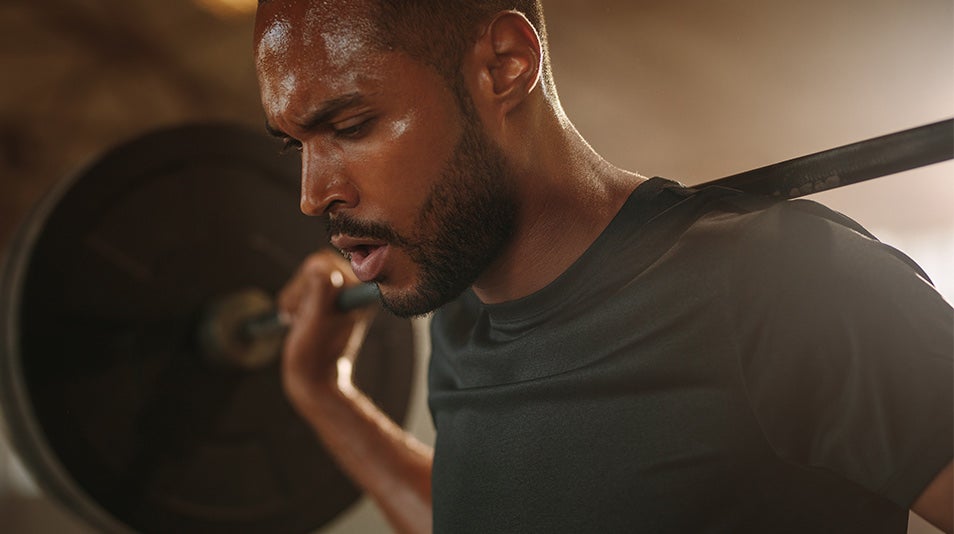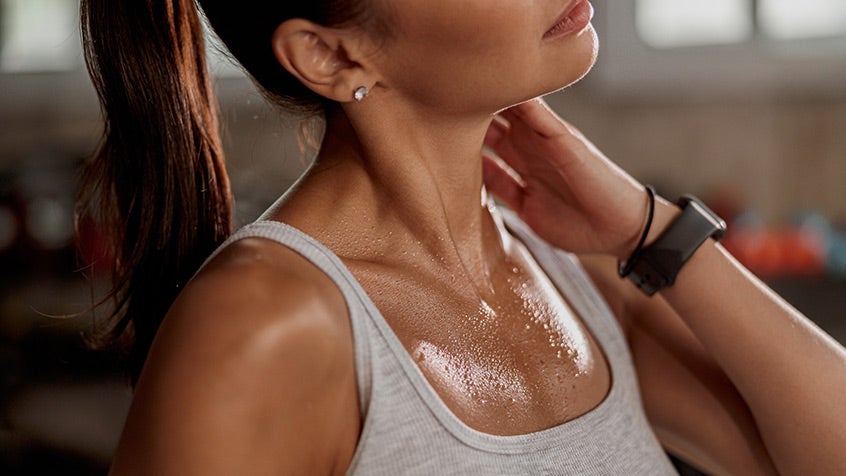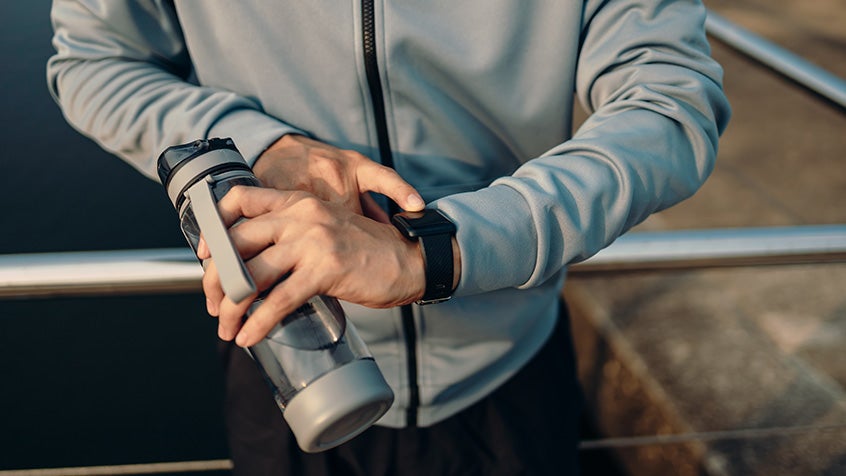Is sweating the only sign of a hard workout?
by Patrick Ibsen on Sunday 10 December 2023
4 min read
Have you ever gone hard at the gym, or strained through a tough PT session only to feel disheartened because you barely broke a sweat? It must mean you weren’t working hard enough, right? Wrong.
We’re here to debunk common misconceptions about sweating while working out. We provide guidance on ways in which you can measure a great workout that doesn’t always result in you having a sweat-drenched facade.
Excessive sweat doesn't always equal hard work
Excessive sweating is often misconstrued as the decisive sign of working hard, but this isn’t always rooted in fact. Sweating doesn't directly equate to the intensity or effectiveness of exercise. There are certain influential factors when it comes to how much or how little you are likely to sweat, such as:
- the temperature of the environment in which you’re working out
- individual metabolic rates (the rate at which your body burns calories), which can lead to varied sweat responses.
Why do we sweat?
Ever wonder why sweat pours more in certain workouts? Sweating is our body's natural cooling system, triggered to regulate temperature during physical activity. Multiple variables come into play, dictating our sweat levels in different exercises. These include:
- environmental factors such as weather or air conditioning
- hydration status
- individual fitness levels
- dietary habits
- age
- the body's varied energy systems (anaerobic vs aerobic).
Is sweating good or bad?
Sweating is neither inherently good nor bad. It's a natural and crucial bodily function that regulates temperature. However, perceiving sweat as the sole indicator of a successful workout is a misconception. While it shows your body's response to exertion and heat, it's not the sole metric for workout effectiveness or fitness progress.
Tips to minimise sweat during workouts
While sweating is not necessarily a bad thing, there may be situations where you want to minimise it – like if you’re heading back to work after a lunchtime workout. There are a few ways you can do this, for example:
- focus on high-strength lower intensity workouts, such as a weights session
- dedicate this time to improving your flexibility with a Yoga class
Also, accept that sweat is your body’s natural cooling system. But remember, some folks are more prone to excessive sweating due to overactive sweat glands, genetic predispositions, or medical conditions like hyperhidrosis.
Measuring workout success: it's more than just sweating
Sweat shouldn’t be your only gauge of a challenging workout. Metrics such as heart rate, perceived exertion, post-workout muscle soreness, and improvements in strength or endurance offer insights into exercise intensity and effectiveness. Tracking these indicators alongside sweat levels provides a more comprehensive understanding of a workout's impact beyond just perspiration.
Finding balance in your workout intensity
Striking the right intensity balance is vital. You don't have to exit each session feeling depleted. Listen to your body, adjust intensity levels, and recognise that progress isn't always about exhausting yourself. Achieving balance means pushing boundaries while allowing room for recovery and growth.
Speaking of recovery, a session in the sauna might be your perfect companion for post-workout recovery. It aids muscle relaxation, can promote circulation, and helps the body rid itself of toxins. Consider incorporating sauna sessions post-workout for improved recovery and overall well-being.
Related articles
Unwind
3 min read
Are you experiencing mental or physical fatigue?
Unwind
3 min read
How to manage holiday stress and anxiety
Unwind
3 min read
Sleep vitamins (that actually work)
Enjoying our blog?
Sign up to our newsletter to get updates on training, healthy living, news and events.





